Where does learning happen?
I’m starting something new with this post. A lot of what I’ve done in this newsletter has focused more on the “product” element of “education product.” I’ve spent a bit of time recently on what it means to educate in the home (cuz circumstances). We’re out of survival mode on that, and now we’re staring into the great uncertain future of what education will be and what it could be. So I want to spend a bit of time specifically exploring the possibilities of what digital education could look like, because I’ve been reading a lot lately about how flimsydigital education is. Zoom + LMS + A few pieces of learning software, though, doesn’t capture the fullness of what could be possible - particularly if we move beyond a paradigm of “education as knowledge transfer” and into more of a paradigm of “education as knowledge creation.” This seems like an opportune time for this conversation, eh?
Let’s do a quick thought experiment: imagine that all of the things that we call schools were closed forever, and all of the people who identify their profession as “teacher” happened into other vocations. No more classrooms, no more white boards, no more lunchrooms, no more school buses.
How would learning happen?
Sit with it for a second. The question isn’t whether learning would happen; it would happen. How would it happen? Get an image in your mind of where and how you would see learning happen.
I would love to know, dear reader, what that image in your mind was. There are a great many images that come to me, but the one that comes most readily and most prominently is a kitchen. Not a metaphorical kitchen. An actual kitchen. The reason it comes so readily is because I have seen so much learning happen in so many kitchens. My own journey as an educator and product designer roared to life in a kitchen, when I watched my one-year-old son endlessly explore the force and mechanics of a salad spinner on the floor of our 1950s Art Deco kitchen. More recently, I’ve watched our five-year-old learn how to bake (and learn fractions while he’s at it) and cook; how to measure ingredients; how to cut with a knife; how to read a recipe and follow instructions; and - maybe most importantly - how to take great pride in the work of his hands. You should see the look of expectation on his face when he watches you take your first bite of something he has prepared for you, and you should see the way his shoulders rise and his eyes light up when you express satisfaction.
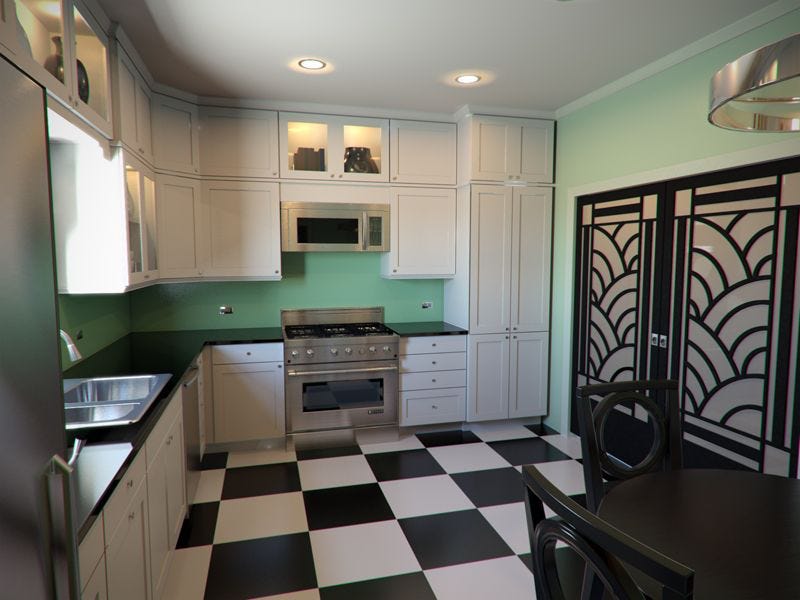
(Ours wasn’t this fancy...yes, I got this from Pinterest)
This leads to my first precept when it comes to what is possible for digital education:
Learning is a natural human activity; the classroom is a construct.
And I don’t say that to diminish the classroom. It has been a useful construct, and there are life-changing, beautiful things that are produced within that construct. However, the sooner we can come around and recognize that the classroom is not the only place that learning happens, but just the place that we’ve optimized the most for learning (and, really, for a specific kind of learning), the sooner we can begin to explore what is possible.
Because humans are learners. We learn for a variety of reasons, and we manifest what we learn in a variety of ways (and, no, Albert Einstein never said that we only start dying when we stop learning, because Einstein basically never said anything that pithy or anything that could be expressed completely in a simple sentence). The ironic thing about the way that the idea of learning is associated to a classroom is that the period of our lives when we learn the most is in the first three years, before we are ever introduced to a classroom or a curriculum. And, really, it’s amazing what we learn in those first three years: we learn to be mobile, we learn to understand verbal language, we learn to be understood non-verbally, we learn to be understood verbally, we learn to relate to others, we learn to feed ourselves, we learn to pinch our brothers and make them cry, we learn music and rhyming and rhythm and dancing and and and. I’m not saying there aren’t teachers or tutors or coaches for these activities...I’m sure there are, but these are things that normally developing human children will learn just from being in an environment where they can observe and engage with others doing these things. It’s remarkable.
Learning is something that happens naturally. Our environments for learning, then, could be more naturalistic and more aligned to the way we naturally learn.
For now, I’m going to ask you to recall that image in your mind (or, if you’ve come up with one you like better in the last 3 paragraphs, go with that). Maybe yours was a football pitch or a community theatre; maybe it was a science lab; maybe it was a bar. Think about how - without being intentionally designed for an activity called learning - it brings about learning.
That’s the first step toward imagining what could be possible, not just in digital education (yeah, I didn’t actually say anything about digital anything, despite that teaser at the beginning) but in education writ large.
Next time, we’ll get into what that means specifically to the way we think about digital education.

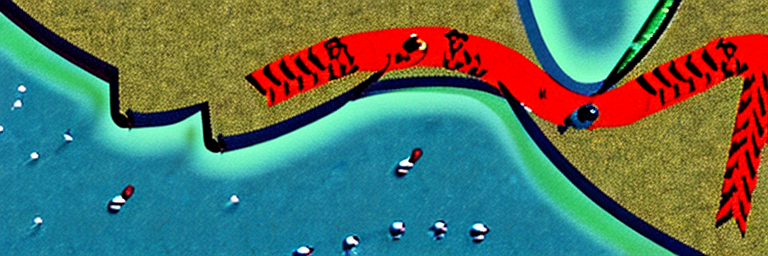
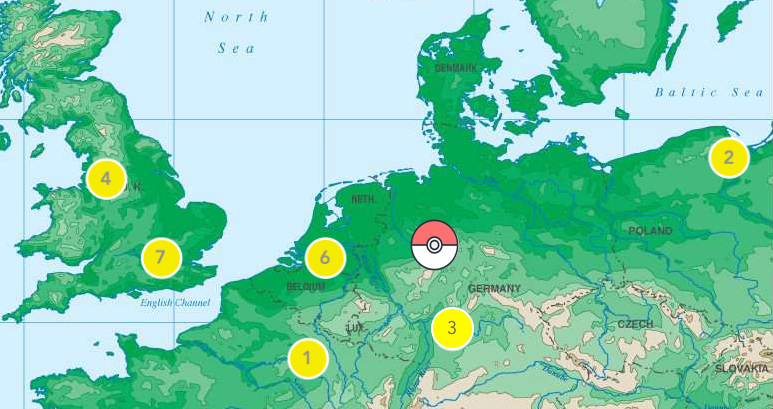
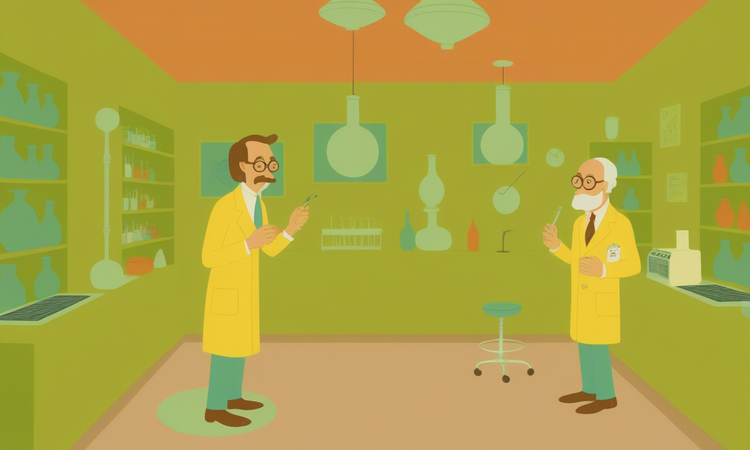
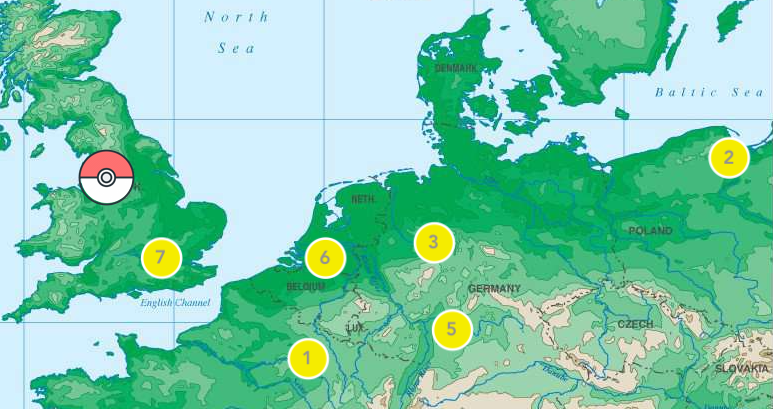
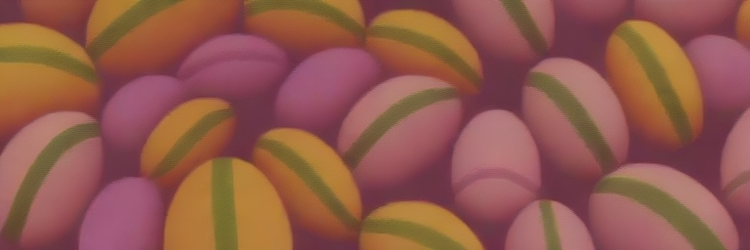
Member discussion